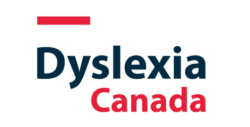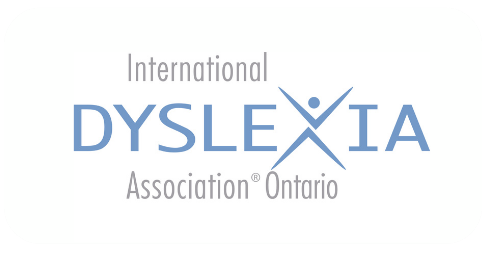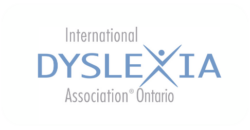In this series of videos, Dr. Andrea Fraser highlights key considerations for school boards and districts as they move to evidence-based assessment and data-based decision-making.
This Google Sheets document is designed to support K-2 educators in analyzing their Acadience reading data. It features a dedicated sheet for each grade level at each time window, allowing educators to input raw scores. The document automatically compares raw scores to benchmark scores, colour […]
This video brought to you by Stephanie Stollar will clear up any confusion about universal screening and diagnostic assessment. Not only will you understand the differences, but you will also learn how the two work together to help guide instructional decisions in reading.
The Ontario Human Rights Commission’s Right to Read inquiry concluded that running records and reading level assessments have not been effective in identifying students who need additional support or in providing teachers with accurate information to guide instruction. We now know that there are more […]
It can be challenging to navigate the many subtests that can be used in universal screening! Skilled reading involves the integration of many subskills. This chart can be used to identify the most pressing need for instruction. For older students – start at the top […]
This book is a fantastic resource aligning closely with much of the new Ontario Language Curriculum and reinforcing how assessment can inform our instruction and interventions in order to best help students succeed in literacy. It’s valuable learning for classroom educators, those working in coaching/consulting […]
The Ontario Human Rights Commission’s Right to Read Inquiry recommended that the province implement universal early screening using evidence-based tools to reduce bias and support equity. As Ontario educators and boards collectively learn more about screening, several common questions have emerged. This document aims to […]
Dr. Stephanie Stollar highlights ideas for using Oral Reading Fluency (ORF) assessment data for screening, designing instruction, and monitoring progress in the junior grades.
Dr. Stephanie Stollar discusses the role of Tier 1 instruction in MTSS as the best opportunity for preventing reading failure.
In this article, Dr. Perry Klein responds to Dr. Jim Cummins’ criticisms of the Right to Read Report, highlighting several recommendations and positions that Cummins attributes to the report but that it does not actually contain. Dr. Klein also identifies five ways in which this […]
In this podcast episode, Kate Winn and guest Renata Archie dive into early reading screening: what is it, why is it needed, and most importantly, how it can inform instruction.
Dr. Stephanie Stollar’s workshop on MTSS for IDA Ontario explores a more evidence-based systems framework that supports evidence-based systematic and explicit instruction. See Part 1 and Part 2. Use this Viewer Guide, developed by IDA Ontario, to support your learning, or to unpack content with […]




